Are you tired of running out of hot water in the middle of a shower or while doing laundry? It may be time to upgrade to a tankless water heater.
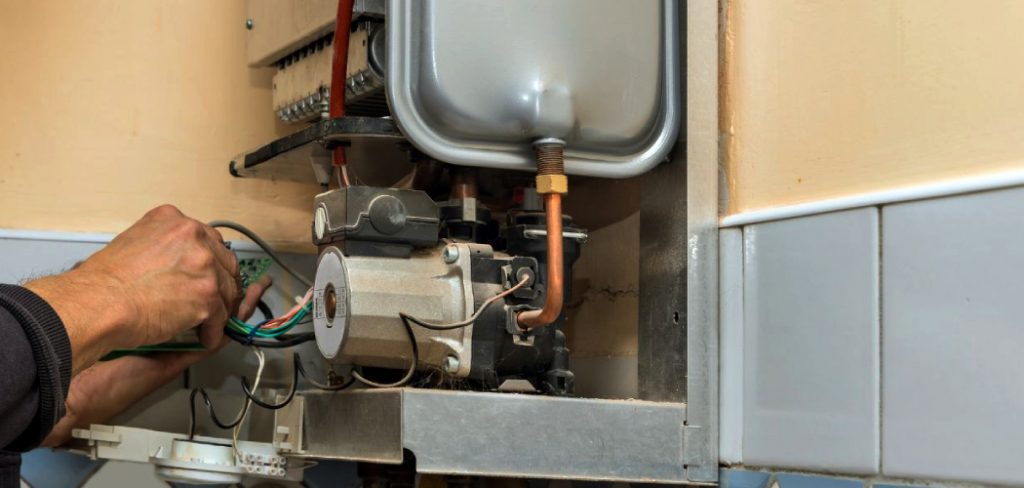
Choosing the right tankless water heater is an important decision that can impact your household’s energy efficiency, water usage, and overall comfort. Unlike traditional water heaters, tankless models provide hot water on demand, saving space and reducing energy consumption. However, with various options available, selecting the ideal unit requires careful consideration of household size, water usage needs, fuel type, and installation requirements.
This guide on how to pick a tankless water heater will help you understand the key aspects to consider, ensuring you find the perfect tankless water heater for your home.
What Are the Benefits of a Tankless Water Heater?
Before delving into the selection process, let’s first understand why you should consider a tankless water heater. Here are some notable benefits:
- Endless Hot Water Supply: One of the significant advantages of a tankless water heater is that it provides an unlimited hot water supply. This means no more waiting for the tank to refill and heating up the water.
- Space Saving Design: As the name suggests, tankless water heaters do not have a bulky storage tank like traditional models. They are compact and can be mounted on walls, freeing up valuable floor space.
- Energy Efficiency: Traditional water heaters keep a large volume of water constantly heated, even when not used, resulting in energy waste. Tankless water heaters only heat water when needed, making them more energy-efficient and environmentally friendly.
- Longer Lifespan: On average, tankless models have a lifespan of 20 years, while traditional units last for about 10-15 years. This means fewer replacements and less maintenance costs over time.
What Will You Need?
Before diving into the selection process, knowing what you’ll need for installation is essential. This includes:
- Fuel Type: Tankless water heaters come in different models that use electricity, natural gas, propane, or even solar power as a fuel source. Choose one that best suits your household’s needs and availability of resources.
- Water Usage Requirements: Determine the number of hot water fixtures and appliances in your household to estimate the flow rate and temperature rise needed for your tankless water heater.
- Budget: Tankless water heaters typically cost more upfront than traditional units but can save on energy costs in the long run. Have a budget in mind before selecting a model.
Once you have these factors in mind, it’s time to start the selection process.
8 Easy Steps on How to Pick a Tankless Water Heater
Step 1: Assess Your Household’s Hot Water Needs
The first step in choosing the right tankless water heater is calculating your household’s hot water demands. List all the fixtures and appliances that use hot water, such as showers, sinks, dishwashers, and washing machines. Determine the flow rate (measured in gallons per minute or GPM) each requires to operate efficiently. Add up the flow rates for all fixtures you might use simultaneously to get a clear picture of the maximum demand your tankless water heater will need to handle.
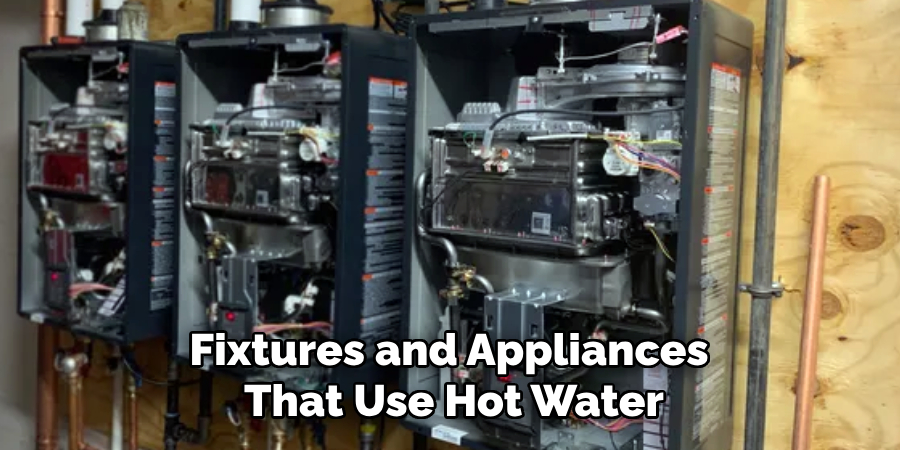
Step 2: Determine the Required Temperature Rise
After identifying the flow rate, the next step is calculating the temperature rise needed for your tankless water heater. This involves determining the difference between the incoming and desired output temperatures. For instance, if your groundwater temperature is 50°F and you want your hot water to be 120°F, the required temperature rise would be 70°F. Knowing this figure ensures you select a unit with sufficient heating capacity to meet your household’s needs effectively.
Step 3: Choose the Right Fuel Type and Energy Source
Selecting the appropriate fuel type and energy source for your tankless water heater is crucial for efficiency and cost-effectiveness. Electric, natural gas, or propane can power tankless water heaters. Electric models are generally easier to install and ideal for smaller households, while gas-powered units often provide higher flow rates, making them better suited for larger families. Consider the availability and cost of each energy source in your area and the installation requirements, such as venting for gas units. Ensure the chosen energy source aligns with your home’s infrastructure and hot water usage patterns to optimize performance and reliability.
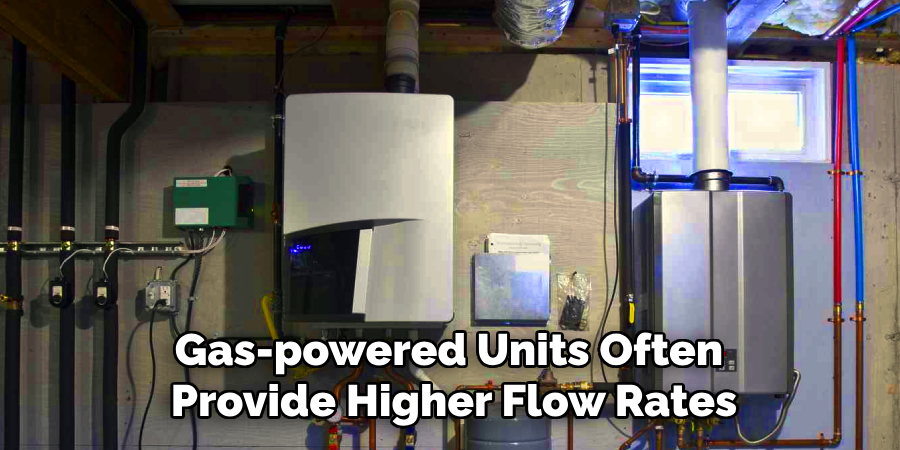
Step 4: Assess Flow Rate Needs
Determining the flow rate requirements of your household is essential when selecting a tankless water heater. Flow rate is measured in gallons per minute (GPM) and indicates the amount of hot water the unit can deliver at any given time. To calculate your needs, consider the water usage of various fixtures and appliances that may run simultaneously, such as showers, faucets, and washing machines. For instance, a shower typically requires 2.5 GPM, while a kitchen faucet may use around 1.5 GPM.
Add up the total GPM for all fixtures that might be used at once to ensure the heater can supply sufficient hot water without interruptions or drops in temperature. Selecting a unit with the appropriate flow rate will provide consistent performance and comfort for your household.
Step 5: Evaluate Energy Efficiency
When choosing a tankless water heater, energy efficiency should be a key factor in your decision-making process. Look for models with a high energy factor (EF) or uniform energy factor (UEF), as these ratings indicate how efficiently the unit converts energy into hot water while minimizing waste. Many tankless water heaters are designed to be eco-friendly, reducing energy consumption and lowering utility bills over time. Additionally, units with Energy Star certification should be considered, which ensures they meet strict efficiency guidelines. By prioritizing energy efficiency, you can enjoy long-term savings while reducing environmental impact.
Step 6: Assess Installation Requirements
Proper installation is critical for the optimal performance of a tankless water heater. Before purchasing a unit, evaluate the installation requirements, including the availability of adequate venting, electrical capacity, or gas supply, depending on the model type. Some units may require professional installation, which could add to the initial investment. Ensure your home’s infrastructure can support the specific needs of the heater, such as appropriate wiring, pipe sizing, and ventilation systems. Consulting a licensed installer can help you identify potential challenges and prepare for a seamless setup process.
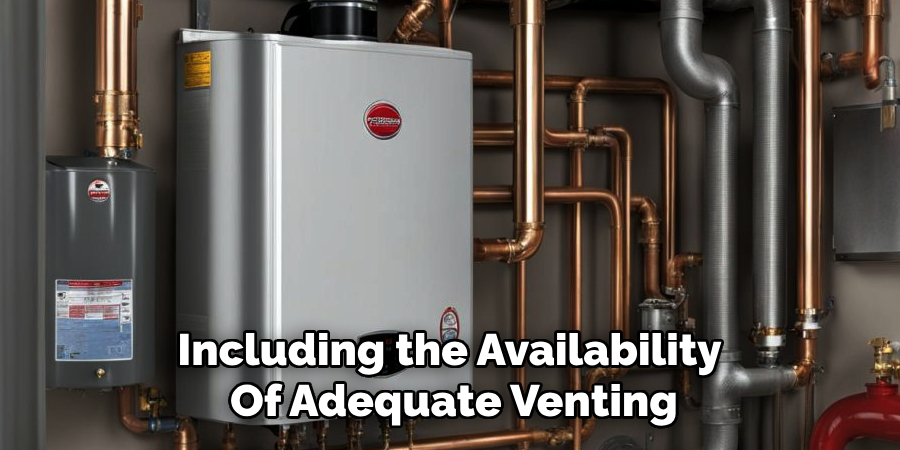
Step 7: Consider Maintenance and Longevity
Regular maintenance is essential to ensure the efficiency and longevity of your tankless water heater. These systems may require periodic descaling, especially in areas with hard water, to prevent mineral buildup that can reduce performance. Cleaning or replacing filters and checking for any wear in components will help keep the unit running smoothly. Additionally, some manufacturers recommend professional servicing at specific intervals to keep the warranty valid.
Step 8: Evaluate Energy Efficiency and Environmental Impact
When choosing a tankless water heater, assessing its energy efficiency and environmental impact is essential. Look for units with high Energy Factor (EF) or Uniform Energy Factor (UEF) ratings, as these indicate greater efficiency and potential savings on energy bills. Many tankless water heaters use less energy than traditional models since they only heat water on demand, reducing overall energy consumption. Additionally, consider eco-friendly features such as low-emission burners or models that operate efficiently with renewable energy sources. Opting for an energy-efficient unit benefits the environment and can lower your home’s carbon footprint over time.
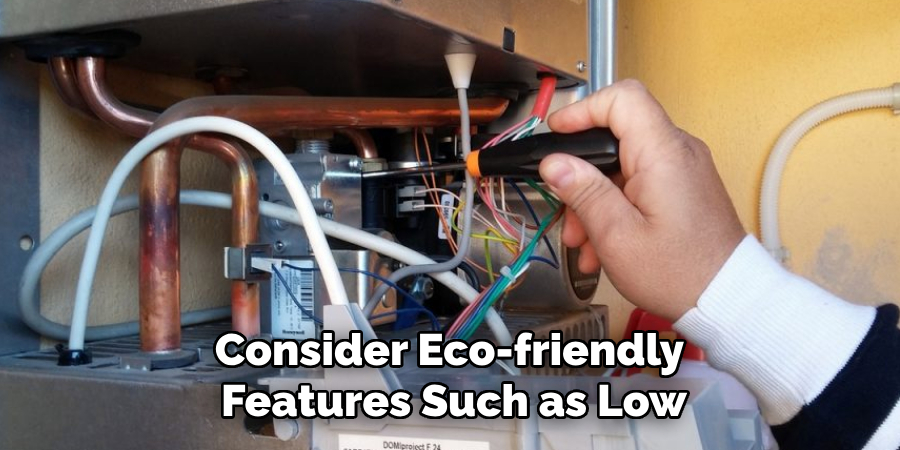
By following these steps and carefully evaluating your household’s specific needs, you can confidently choose the right tankless water heater for your home.
5 Things You Should Avoid
- Ignoring the Flow Rate Requirements: One common mistake is not considering the flow rate your household needs. If you select a unit with a flow rate that is too low, it won’t be able to supply sufficient hot water when multiple fixtures are being used simultaneously.
- Overlooking Energy Efficiency Ratings: Not all tankless water heaters are created equal in terms of energy efficiency. Failing to check the efficiency rating could result in higher utility bills and diminished energy savings. Look for models with high Energy Factor (EF) or Uniform Energy Factor (UEF) ratings for maximum efficiency.
- Skipping Climate Considerations: Different regions have varying water temperatures, and this can impact the performance of your tankless water heater. Choosing a unit without accounting for incoming groundwater temperature may result in insufficient heating capacity for colder climates.
- Underestimating Installation Costs: Focusing solely on the unit’s price without understanding the potential installation expenses is another critical error. Some models require significant upgrades to your home’s plumbing or electrical system, which can substantially increase costs.
- Disregarding Maintenance Requirements: Tankless water heaters require regular maintenance to perform optimally. Choosing a model without considering its maintenance needs or ignoring its schedule can lead to reduced efficiency and a shorter lifespan.
Conclusion
How to pick a tankless water heater requires careful consideration of several factors to ensure it meets your specific needs.
Start by assessing your household’s water usage to determine the unit’s required capacity, then consider the EF or UEF ratings for energy efficiency. Take into account your climate and incoming water temperature, which may affect the heater’s performance in your region. Don’t overlook the potential installation costs and budget for upgrades to your home’s plumbing or electrical system. Finally, research the maintenance requirements of different models to select one that aligns with your ability to maintain it properly.
By understanding these key aspects, you can choose a tankless water heater that provides efficient, reliable hot water for years.
About the Author
Adrian Green is a passionate woodworking enthusiast who has dedicated his life to the craft of woodworking. From his early days working alongside his father in the family woodworking shop, Adrian has honed his skills and developed a deep love for creating beautiful, functional pieces with his hands. As the voice behind The Woodenify Blog, he shares his knowledge, tips, and inspiration with fellow woodworkers of all skill levels, helping them build confidence in their abilities while learning new techniques.
Professional Focus
- Specializes in DIY woodworking projects, from furniture making to home décor.
- Provides step-by-step guides, tips, and practical tutorials for woodworkers at any skill level.
- Focused on empowering readers with confidence and knowledge through easy-to-follow instructions and hands-on techniques.
- Passionate about building a community where makers can share, learn, and grow together in the world of woodworking.
Education History
University of Craft and Design – Bachelor of Fine Arts (BFA) in Woodworking and Furniture Design
Woodworking Apprenticeships – Gained extensive hands-on experience through various workshops and mentorships with seasoned craftsmen, refining carpentry and furniture-making skills.
Expertise
- DIY woodworking, carpentry, furniture making, and home décor projects.
- Creating clear, accessible tutorials and guides for beginner to advanced woodworkers.
- Helping readers experience the satisfaction and fulfillment of turning raw materials into stunning finished products.
